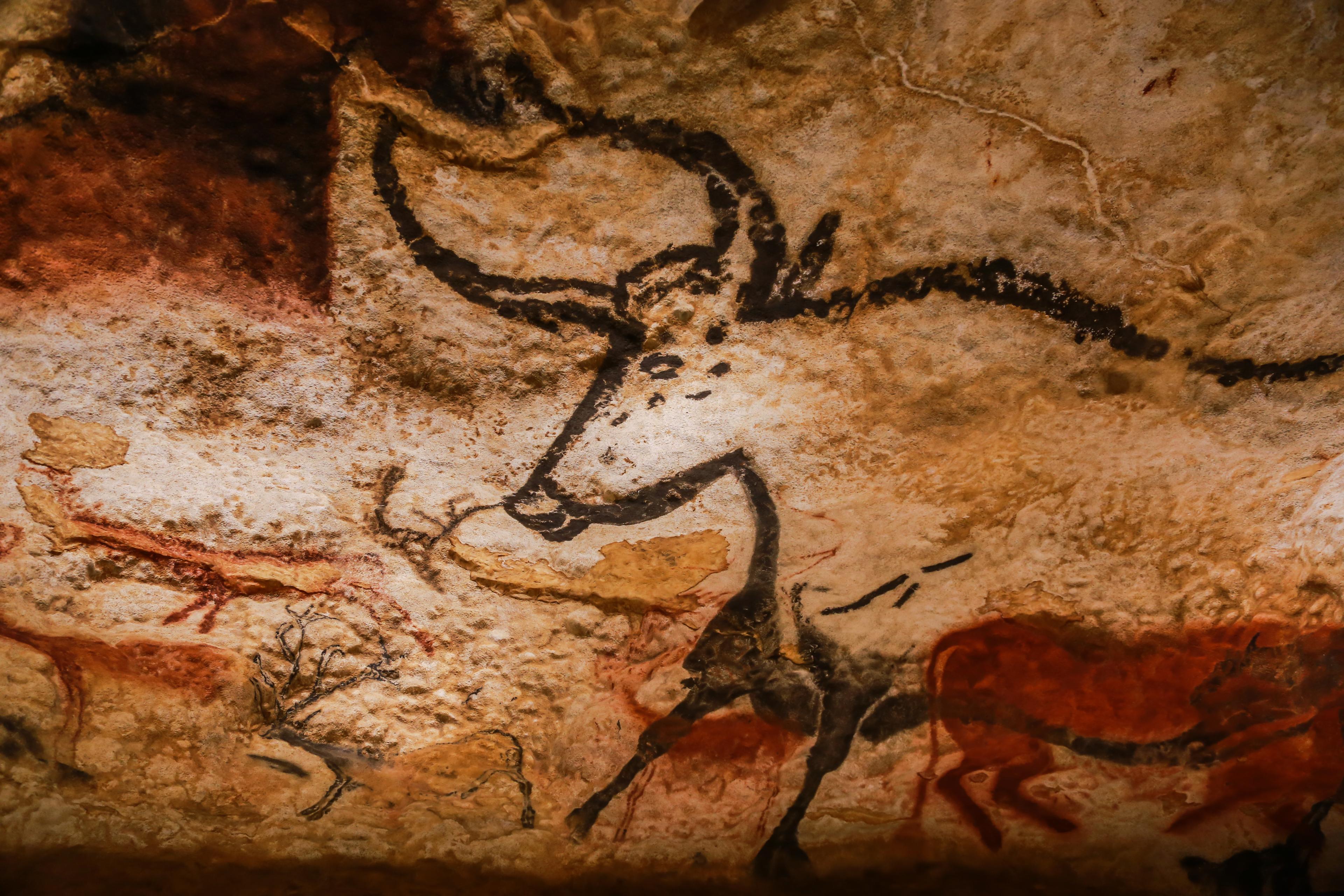Prehistoric Israelis
Ancient mystery unravelled: Israel’s missing cave art decoded
Groundbreaking research sheds light on why prehistoric humans skipped cave walls in the Levant.

For over a century, archaeologists have puzzled over the absence of cave paintings in the Levant, particularly in Israel. Unlike Western Europe, where intricate prehistoric art adorns caves in regions like Spain and France, Israel’s ancient caves remain strikingly bare. Now, researchers from Tel Aviv University have uncovered the answer: the extinction of large animals in the region long before Homo sapiens arrived.
“This has been a mystery for 100 years,” says Professor Ran Barkai. “Since the first prehistoric cave was excavated in Israel in 1925, not a single cave painting has been discovered. In Europe, hundreds of magnificent examples of cave art have been found, but here – nothing.”
The explanation lies in the role of cave paintings, Barkai explains. These artworks were not mere decorations but served as part of shamanic rituals to address the existential crisis of megafauna extinction. In Europe, early modern humans arrived to find animals like woolly mammoths and rhinoceroses rapidly disappearing. These losses, critical to their survival, inspired ritualistic cave art deep within the earth, likely intended to connect with supernatural forces for guidance and intervention.
The Levant’s story, however, was different. By the time Homo sapiens arrived, megafauna such as elephants and rhinoceroses had already been hunted to extinction by earlier human species. Without this crisis, the cultural impetus for creating cave paintings simply did not arise.
“When Homo sapiens reached Israel, the large animals were already gone,” Barkai says. “This forced them to adapt by hunting smaller, faster animals, which did not provoke the same ritualistic responses as the extinction of megafauna did in Europe. This absence of cave art reflects an environment where humans no longer grappled with the loss of their primary food sources.”
* Israel Hayim contributed to this article.